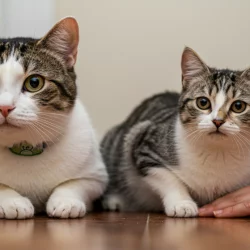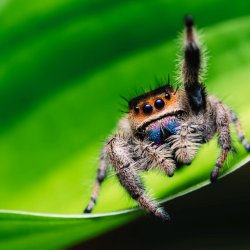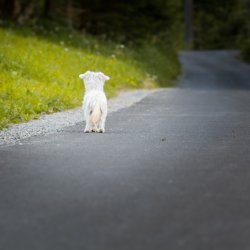Is Wet Food Better For Your Cat's Diet Than Dry Food?
Everyone’s opinions are different in the cat food debate; some think that wet food is more nutritionally balanced and therefore more suitable for a cat’s dietary needs, whereas others maintain dry food is more practical and allows cats to ‘graze’ and eat when they feel like it. So which is best?
Your Cat’s Physiology
Cats are carnivores and unlike dogs, can digest both animal and vegetable protein. This means that cats need lean protein as the majority of their diet. Cats also need Taurine, an essential amino acid, to survive. Nowadays, Taurine is included as an ingredient in many brands of cat milk and helps to promote healthy eyesight and a glossy coat. The main source of Taurine in nature is in muscle meats. Because cats are carnivores, providing them with vegetables means introducing the cellulose found in plants into their diets. Cats are unable to break this down which can create digestive issues.
So Wet Food is Better Right
Not really; well, it depends on the quality of the food to start with. Feeding your cat cheap and nasty tinned food is worse than purchasing premium kibble, which contains essential nutrients for your cat’s health. High quality wet food will help your cat to thrive, although the same can be said for superior quality dry food. Whichever Pet Food you feed your cat, always introduce new food slowly, to prevent digestive upset.
Pros and Cons of Dry Food
It’s true that dry food can be a more convenient way to feed your cat, especially if you’re out at work all day as so many of us are! Fill the bowl with kibble in the morning and leave out plenty of fresh water and your cat is set for the day. In comparison, feeding wet food means your cat will generally have to eat when you decide, as you’ll need to put down fresh bowls of Pet Food two or three times a day, on average. It’s also easier to go away overnight if your cat’s diet consists solely of dry food, as you can just fill a couple of bowls to ensure that they have enough kibble until you return.
Research has proven that cats eating solely dry food obtain less nutrition from their food than cats on a wet food diet. This is because fillers make up a large percentage of most dry cat foods available on the market today. When a cat lives in the wild, carbohydrates naturally make up around five percent of its diet and whilst some fillers need to be included to help shape the dry cat food during the manufacturing process, others are added simply to keep costs down and make the company more profitable; they’re cheaper to add to cat food than meat.
Can Dry Food be bad for your Cat
Purina, a leading brand of Pet Food, recommend that if your cat weighs ten pounds, they will need around one cup of water every 24 hours, when existing on a dry food diet and this amount will increase in hot weather. In comparison, pets on a wet food diet only need around half as much water, as they are ingesting liquid in their food. Cats on a dry food diet are more likely to suffer from dehydration, as in the wild, prey caught by cats is around 70% water. When you consider that tinned cat food is around 78% water, it’s easy to see how dehydration can occur on a dry food diet. Chronic dehydration can lead to illness such as renal failure and urinary crystals, with cats eating solely dry food also being more prone to diabetes and obesity. This is partly due to the high carbohydrate content of dry food, but also because cats can ‘graze’ and nibble at their food throughout the day, meaning they ultimately consume more.
Whichever food you choose for your cat, ensure that it is the best you can afford. Check the label; animal protein sources should be the main ingredient for a happy healthy cat and try to avoid cheaper foods containing meat by-products and fillers.
Sally Dimmock is a freelance writer who has a keen interest in pet welfare. She recommends that it does not really matter whether you feed your cat dry or wet Pet Food, as long as it is the best that you can afford.
More to Read:
Previous Posts:



